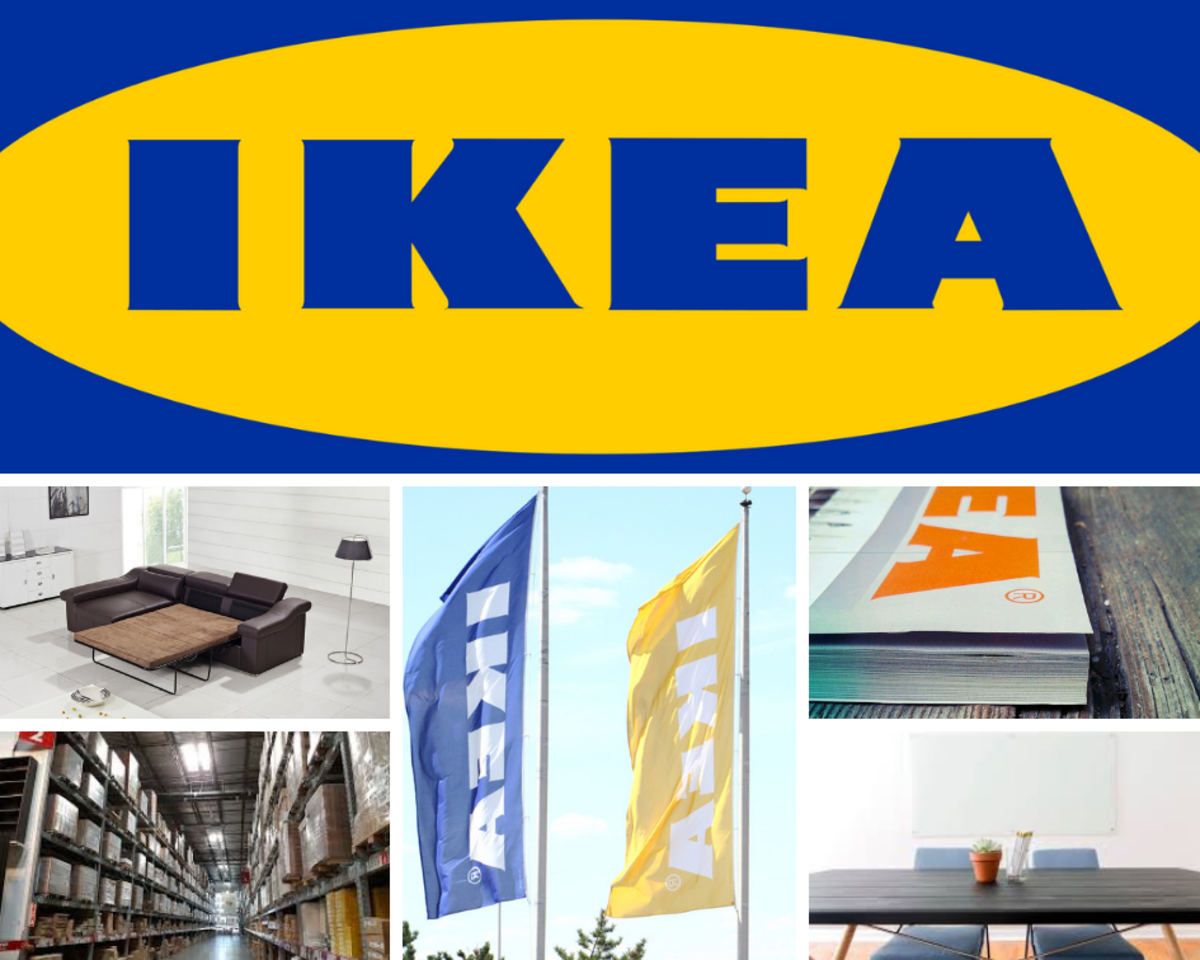Consumer Loyalty in Singapore After the Recession
Literature Review
A number of studies in relation to brand loyalty have been conducted (Solomon, 1994, 22). Majority of these studies are however, based on the Western world, and tend to emphasize on a limited number of variables. There are very few studies conducted on economies that are developing and those that are underdeveloped. This review has identified some factors that influence brand loyalty. Repeat purchase, which is a tendency of customers repeatedly, and regularly were related to peculiar attributes of the products or services that were recognized during the regular purchases by the customers. According to Assael, (1995) “brand royals” purchase the brand consistently as a form of reducing risk. Another factor is client satisfaction after purchasing the brand. Assael, notes that if a client achieves a high degree of satisfaction; there is a likelihood of them being attitudinally predisposed to the specific brand and the intent of repurchasing.
The quality of product is another factor that influences consumer brand loyalty (Balmer and Gray 2003, 972). Product quality constitutes of the characteristics, and features of a particular service or product, which bears on its capability of effectively satisfying, either the implied or stated needs. Foster articulates that the relation of more positive attributes to a particular brand makes consumers to be attracted and become loyal to the brand. Another dominant factor in this perspective is the price factor. Various studies have found out that customers who harbored a high brand loyalty were not very sensitive to price changes. A brand name is a significant factor that influences brand loyalty. Keller, (1998) points out that a popular brand name can disseminate the advantages of the product, and result into a higher recall of a particular advertised benefit in comparison to a brand that is less known. These will therefore, lead to high repurchase rates and high recalls.
Product promotion factor was another equally important element in relation to brand loyalty. Promotion is one element of the product mix, which takes the form of communication between the brand, and its potential customers. Various studies have pointed out that the aspect of promotion, particular through an advertisement that is well targeted may assist in making the consumer to be more loyal, and less price sensitive. Additionally, promotion may also assist in increasing the knowledge, perception, and behavior of potential customers regarding the brand (Hamidizadeh et al, 2009, 56).
Theoretical Perspective
This study will apply the Confirmation Theory, which is also in line with DeSarbo and Oliver’s ideology (1988). The basic tenets of this theory articulate that satisfaction is chiefly related to the expectations of customers, the results of which is regarded as the discontentment. For instance, individuals may be happy when the air conditioner makes a room cool. However, this status may turn out to be a discontentment in the case when the expectations are not met (Zare, 2008, 1). Another example can be derived from the case of slow internet connection, uncomfortable or noisy settings, or the use of unsatisfying goods or services such as low life bulbs and dripping taps.
In essence, since utility is highly dependent on an individual evaluation, human nature has a tendency of overlooking some of the low arousal states probably owing to the process of habituation usage. Individuals will therefore, continue to utilize the products. For example, an on an off switch button of an individual’s television set may be broken but continue to operate it by use of a remote control until the problem becomes unbearable. The ideology behind this kind of behavior is that individuals will tend to cope with minor problems, and continue using the product. Therefore, individuals will become used to a particular product, and will utilize it the way it is (Berry, 2000, 37).
Empirical Review
Product and Service Quality
Provision of high quality products, and or services as well as providing clients with excellent and consistent services could result into a competitive advantage for organizations. Some of the most significant sources of competitive advantages for any company according to Rusta, (2008, 4) include provision of unique products, customer loyalty and controlling marketing costs. A review of literature on this aspect indicates that the major focus on service quality can be differentiated in two perspective; identifying aspects related to quality as well as developing instruments to measure of measuring this quality. Consequently, an operation plan on service quality is swiftly increased by testing outcomes such gaining more customers, attracting potential customers, improved productivity, improved market share, controlled cost of operations and enhanced profits and revenue(Kuo et al., 2009). Kuo et al., conceptualizes quality as a kind of relevant but unparallel the attitude of satisfaction as well as the outcomes of comparing expectations to the conceptions of performance.
Studies conducted by Evans (1996), noted that in effectively distinguishing services with goods, the distinguishing should not only be in terms of log or the name, but also in terms of a set of conceptions developed by the clients and which are well defined. The authors of the study recommended that controlling most aspects of the interactions between brand and target market. The researchers however, agreed on the opinion that branding offers a name to the goods and service. Essentially, branding involves a determination of a target market, development of a product as well as the brand character. Among the major elements in relation to brand include the logo, the company, legal instruments, character, customer’s perception, system identification, added value, institutional revealing, and relations.
Brand Management
Ambler and Styles (1996) articulates that from the designing of new products to expansion of mature brand, efficient marketing strategies depends on a deep understanding of the memory, motivation, learning, and decision processes that determine what consumers would buy. Theories related to the behaviors of consumers have been regularly associated with managerial decisions that involve development, and launch of new products, timing of market entry, segmentation, and brand management. Apparently, there are in-depth studies regarding the issue of brand loyalty. By far, branding is identified as one of the most crucial factors that determine the success or failure in the market place. Further, branding can also have a dramatic effect on how, the “firm behind the brand is perceived by the consumers. Stating it differently, a brand does not only represent the company’s product, but it symbolizes the firm itself. This is where the core of a brand lies.
Aaker, (2007) noted in his study an image of a particular company was particularly the main source of its competitive advantage. The aspect of brand image was therefore, an important strategic resource, and asset. However, the researcher went to observe that many firms were not very much adept in disseminating a clear, strong message that not only differentiates their brand with their rivals, but does so in a positive and memorable manner. Most brands are challenged to evade the pitfall of portraying a negative or muddled image, and instead, establish a brand vision that is broad or an identity of a brand as being a greater element in comparison to asset of attributes that could be surpassed and imitated. For a company to succeed in the market and acquire a competitive advantage, it must perceive its brand to be not just as a product or service, but also as the image of the company, defining the philosophies of the organization. A strong company logo or symbol can be of assistance in generating brand loyalty since it makes it to be quickly identifiable among the customers.
Thakor and Kohli (1997) affirm that brand name is the establishment of an image or the development of a brand identity. They continue to say that the brand identity development is not only time consuming, but it is also an expensive endeavor. Development of a brand name is a significant aspect in the entire process because it is the core of the brand image. Brand name is also significant for the company in attracting clients to purchase the product and influence a repeat and consistent purchase behavior.
Brand Loyalty
Kasper and Bloemer (1995) define brand loyalty as the potency of a popular brand that could be compared with other similar available options. In accordance to these authors, true brand loyalty consists of six necessary elements. They include (a) the biased or non-random, behavioral response, that is purchase, and c)which is expressed over time, d) some unit of decision making e) in relation to one or more alternative brands, out of a set of such brands, and f) a function of psychological processes. True brand loyalty is extant when clients have a high relative perception towards the particular brand, and which is portrayed through a repeated purchase behavior. This form of loyalty could be a significant asset to a company, because clients may be willing to pay high prices and they may as well bring in new clients to the firm. A consumer who is loyal to the brand does not necessarily undertake evaluation on the attributes; rather, he or she would choose the favorite brand based on some general positive feelings towards that particular brand. This also means that brand loyalty in Singapore is a rare matter.
Apparently, brand loyalty is a function of both the attitudes, and behavior. It is the preference of the consumer to buy a specific brand in a category of products. This happens because customers develop a perception that the particular brand provides the right features of a particular product, quality level, image, or the right price. This attitude becomes the basis of the novel habits of buying. Many consumers tend to make a trial of a certain product, and when they become satisfied with the product, it will become their habits, and therefore, they continue purchasing the same brand since they have found the product to be safe and satisfactory. A study undertaken by Erdem and Swait (2004) to ascertain the influences of brand loyalty established a strong positive correlation between client satisfaction, and brand loyalty. According to the author’s arguments, brand loyalty is the tendency to stand by one particular brand in relation to others. This according to him was a clear indication of satisfaction of being associated with loyalty. He also found out this relationship to extend between satisfaction, loyalty and profitability. When a promise is made on a brand, and all the expectations are realized, the customer then becomes satisfied. A satisfied customer has a likelihood of consistently repurchasing the brand.
Brand Loyalty in Singapore
According to Reed, (2014) Singapore is considered as one of the most aggressive discounting society in the word today. In most cases, the country has been used as a test bed for loyalty plans, which are then transferred to other countries in the West and Asia. Apparently, every credit card, bank, leisure brand, retailer and travel brand in Singapore has a discount card or loyalty scheme of some kind. Whether a brand’s loyalty program or scheme could offer pure discount or really benefits, many companies in Singapore are scrambling for every available dollar in a manner that throws the value of these brands in the window. All that seem to matter is the immediate short term spending. This subsequently implies the lack of loyalty for most residents especially for credit cards and banks in Singapore. The matter is on who is offering the best deal that determines the type of credit card to be used by an individual on a particular situation.
Lau ad Lee (1999) performed a study to find out the factors influencing brand loyalty on the behavior of Singapore consumers. The study established the behavior of consumers differs with different products, and brand categories. For instance, expensive purchases, and technological products, most consumers have a tendency of asking and searching for a specific brand. This is a different case for FMCG. For accessories, miscellaneous and food, the behavior is very much dissimilar across the country. Most luxurious products harbor other brand loyalty. Additionally, the behavior also includes the intention for purchases, attitude, and satisfaction, and awareness. Further research findings revealed that many consumers in Singapore developed brand loyalty through trust. The study revealed various characteristics that were associated with a company brand, and its consumers. The combined features were essential in building a brand loyalty. The researchers realized through this study that the characteristics of the brand were the basics for establishing consumer trust in brand while the positive or significant relation was found between the trust of consumers in a brand and brand loyalty. The use of brand characteristics in gaining the consumer trust largely drew the attention of the marketers towards engraving the trust.
Impact of economic environment on consumer attitudes and behavior
The economy of Singapore is heavily engaged in the world market, despite it having a small domestic. In fact, it is rated by the Heritage foundation’s Index of Economic Freedom, as the World’s most open economy. It is also regarded as one of the stable macroeconomic terms with no international debts, consistent positive surplus, and high government revenue. Though there are very few million consumers in Singapore, their affection for consumerism as well as spending power have helped to make the country one of the strongest consumer market for particular targeted and services in comparison to the much larger consumer markets such as Indonesia, Malaysia, and Thailand.
However, in recent perspectives, the stock market composite index and the STI of Singapore have been substantially declining. A few years ago, the GDP forecast for Singapore was reduced from 3% to 4% to 2% to 2.5%. This change over was attributed to problems related to the economic slowdown in U.S and the fears of the Iraq war. Owing to these aspects, the government increased a tax burden on consumers from 3% to 5%. This has reduced consumer spending who are now hoping for a better future. The Asia market research (2012), projects that the spending of Singapore consumers will go on declining due to the dwindling economy and increased rate of taxation. Among the factors that have contributed to this trend as we have already noted are high taxation, unemployment problems, decreased salaries due to low company profits and increased competitiveness especially from China, Malaysia, and New Zealand. The Asian Market research observes that although there is a potential for Singapore to remain a potential consumer market, attendance and targeting, and addressing the issue of competitive pricing will be necessary.








